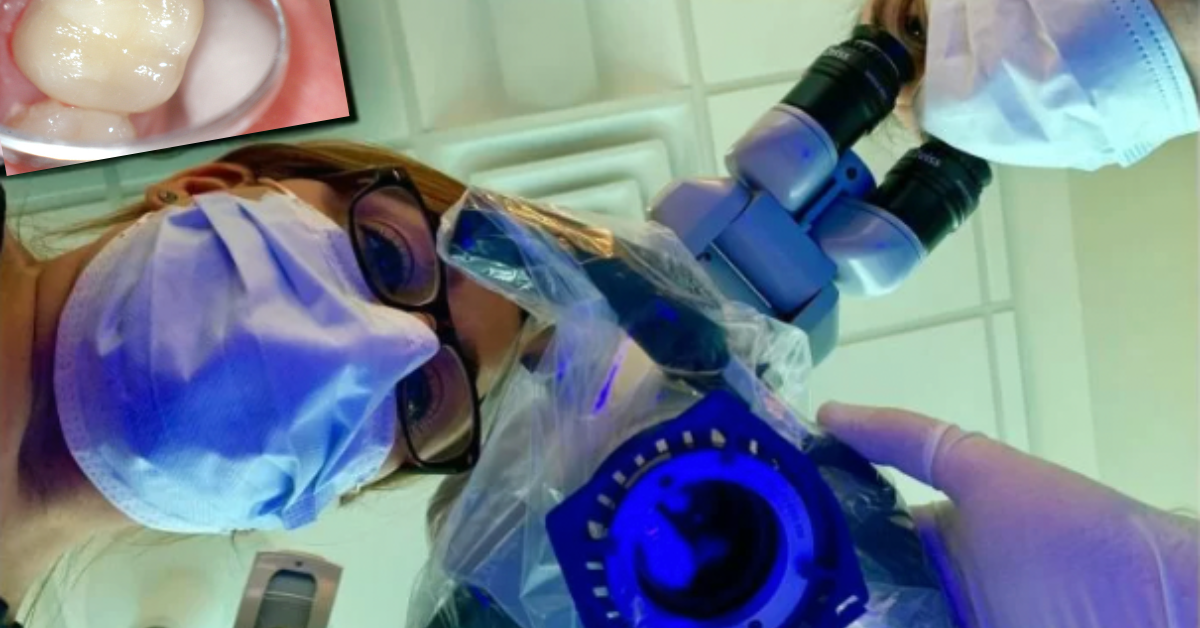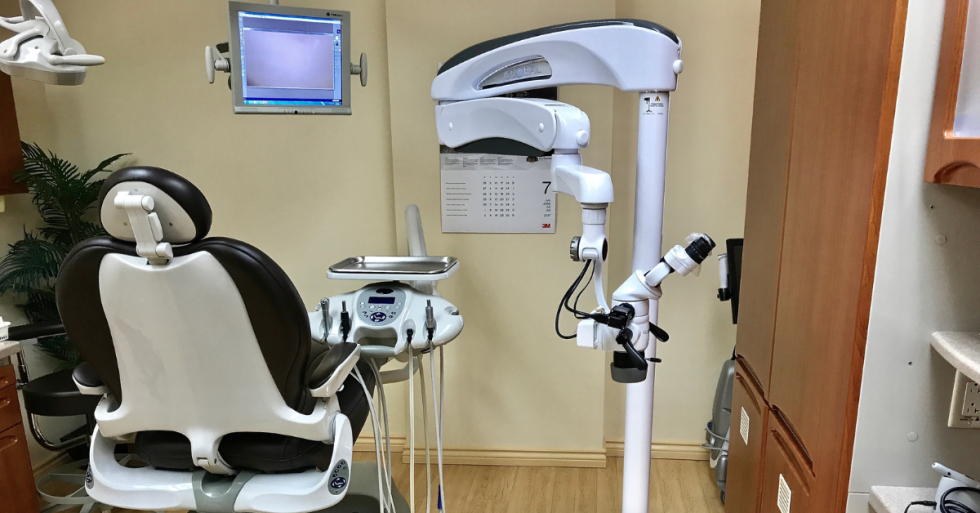Unveiling the Visual World: What Kind of Microscopes Do Dentists Use?

To achieve the level of detail required for various dental procedures, dentists rely heavily on microscopes. These are not just any microscopes, but sophisticated optical instruments specifically designed to enhance the dentist's ability to diagnose, treat, and manage dental conditions.
Let's explore the types of microscopes that dentists use and how they contribute to the advancement of dental care.
Dental Operating Microscopes
The primary type of microscope used in dentistry is the Dental Operating Microscope (DOM), such as the Global A-Series Microscope. These microscopes are engineered to provide optimal magnification and illumination of the oral cavity, making them indispensable tools in modern dental practice.
Features of Dental Microscopes
- - Magnification: DOMs offer variable magnification levels, typically ranging from 2.5x to 25x. This range allows dentists to adjust the magnification to suit different procedures, from routine examinations to intricate surgeries.
- - Illumination: Equipped with high-intensity lights, usually LED, DOMs illuminate the oral cavity with bright, focused light, enhancing visibility in the mouth's dark recesses.
- - Ergonomics: These microscopes are designed with the dentist's comfort in mind. They often feature adjustable positioning, enabling dentists to maintain a comfortable posture during procedures, thereby reducing physical strain and fatigue.
- - Documentation: Many DOMs come with integrated cameras or attachments for digital cameras, allowing dentists to capture high-resolution images and videos of the oral cavity. This capability is invaluable for patient education, documentation, and collaboration with other dental professionals.
Applications in Dentistry
Dental operating microscopes are used across various dental specialties, including:
- - Endodontics: For root canal treatments, DOMs provide the magnification necessary to navigate the complex anatomy of tooth roots.
- - Periodontics: In treating gum disease, microscopes help in the detailed cleaning of root surfaces and the removal of tartar below the gum line.
- - Restorative Dentistry: When placing fillings, inlays, onlays, or veneers, DOMs allow for precise shaping and fitting of restorative materials.
- - Prosthodontics and Implantology: In designing and placing dental prosthetics and implants, microscopes aid in achieving the exactness required for optimal function and aesthetics.
Other Microscopes in Dentistry
While DOMs are the most commonly used, other types of microscopes also find their place in dental practices:
-
- Stereomicroscopes: Used primarily in dental laboratories, these microscopes help technicians in fabricating dental restorations, ensuring the accuracy and fit of crowns, bridges, and other prosthetic devices.
-
- Educational Microscopes: In dental schools and training institutions, various types of microscopes, including compound microscopes, are used for educational purposes to study the microanatomy of teeth and surrounding tissues.
Looking to Get Started? Reach Out!
If you’re just getting started with a dental microscope, or considering adding a scope to your practice, we are here to help! We can help configure and customize your scope to your clinical needs, helping you get started as quickly as possible.
At Global Surgical, we’re committed to your success, with durable products and our knowledgeable Technical & Customer Service teams. And, we guarantee your peace of mind with our limited lifetime warranty (US & Canada only).
Get started by reaching out to us at 800-861-3585 or by clicking the button below.



